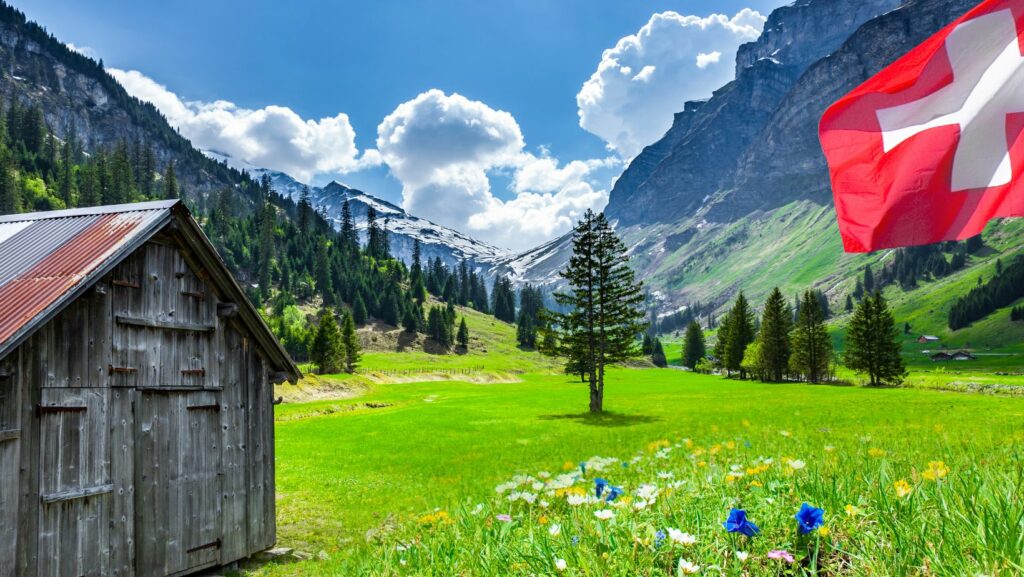Humans gather where there is light, noise, and the promise of reward. A quiet place can grow into a bustling hub when a new form of play or technology appears. Gaming, whether on tables, screens, or stages, has helped turn small towns into world-famous cities.
By looking at how different places managed their gaming growth, we can see patterns. And because of those patterns, other cities can learn how to build stable, balanced economies.
Las Vegas, USA
Las Vegas began as a tiny desert stop. In 1931, Nevada made casinos legal, and that decision sparked steady growth. At first, there were few lights, but then came hotels, showrooms, and entire themed resorts.
By 2023, more than forty million visitors came each year. Families, gamblers, and business travelers all found something to do.
Yet Las Vegas did not stop with casinos. Over time, it added shows, sports, fine dining, and large meetings. In November 2023, the Formula 1 race and new venues like the Sphere brought even more visitors.
Macau, China
Macau opened its gaming market to more companies in 2002. Because of that, it passed Las Vegas to become the world’s largest casino market by revenue.
Before the pandemic, more than thirty-nine million visitors came in 2019, mostly from mainland China and Hong Kong. Streets and ferries were crowded with people drawn by excitement and chance.
Even during that success, leaders encouraged balance. The government pushed non-gaming activities: hotels, malls, and family events to keep the economy steady.
Atlantic City, USA
Atlantic City also turned to casinos. It allowed them in 1978 to lift the local economy. For many years, it grew and seemed secure. Workers built hotels and restaurants, and visitors came from nearby states.
But later, those same states opened their own casinos. From 2014 to 2016, several casinos in Atlantic City closed. Jobs disappeared, and tax money fell. Even so, as is happening in many places from Africa to Canada, online real money casinos continue to grow in Atlantic City.
The city is now adding more non-gaming options, like a new indoor sports center and beach events.
Monte-Carlo, Monaco
Monte-Carlo’s casino opened in the 1800s and soon became known for luxury travel. The city-state built strict rules, strong branding, and high-end service. It combined tourism, finance, and events like the Monaco Grand Prix into one plan.
Here, the casino is one part of a larger luxury plan, not the only engine. Visitors come for style, racing, and perfect service.

Seoul, South Korea
Not every city uses casino floors to build its name. Seoul turned to screens instead of slot machines. South Korea became a world leader in esports and online games. Major teams, leagues, and game studios grew in the capital city.
Because of government support for fast internet and esports spaces, big events fill arenas, and game exports add to the national income, proving that video games can be a big industry.
Support skills, teams, and events, and you build a new kind of entertainment hub that also brings tourism.
Kyoto and Tokyo, Japan
Kyoto is home to Nintendo, founded in 1889 and now a global game leader. This old company helped shape the city into a place of creative skill. Tokyo hosts many game studios, publishers, and events like Tokyo Game Show. These firms bring high-skill jobs in design, art, sound, and coding.
Game tourism also grows. Fans visit stores, museums, and special events. When cities support talent, schools, and events, they anchor creative companies and the jobs that come with them. Because of that, game culture itself becomes a reason to travel.
What Other Cities Can Learn
First, cities should diversify early and on purpose. In other words, do not rely on a single gaming draw, even if the numbers look great today. As Las Vegas showed, adding shows, sports, dining, and conventions spreads risk and lengthens visitor stays.
Likewise, Macau’s push toward hotels, malls, and family events helped balance a revenue stream that could swing with policy or travel limits. If leaders pair gaming with culture, sports, and business travel, then downturns in one area can be softened by strength in another.
Second, invest in the ecosystem around the games, because talent and infrastructure multiply returns. For example, Seoul’s success came from having the 8th fastest internet, arenas, and support for teams and studios, which then created exports and tourism.
Similarly, Kyoto and Tokyo grew by backing education, design, sound, and coding, which made local companies stronger and drew fans to events and stores. When cities build skills, spaces, and reliable transport, they do more than host visitors. They create jobs that last beyond the next trend.

